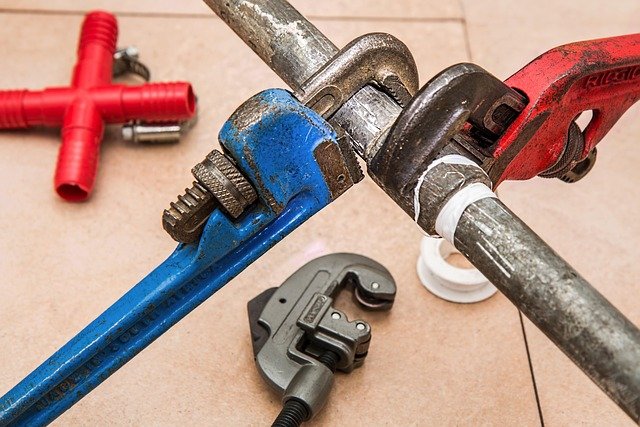Essential Home Repair Checklist for Every Homeowner
A practical home repair checklist helps homeowners prioritize safety, maintenance, and small upgrades before issues grow. This guide outlines routine inspections, common fixes, and basic DIY steps to keep your property functional and secure, with clear attention to tools, fixtures, and safety considerations.

Regular upkeep prevents small issues from becoming expensive problems. This checklist focuses on routine inspection, repair, and maintenance tasks every homeowner can track through the year. It covers basic carpentry, plumbing, electrical, painting, tiling, and flooring items, highlights useful tools and sealing tips, and emphasizes safety during DIY work. Use these practical steps to plan seasonal checks and know when to call local services for specialized repair or remodeling help.
Maintenance and inspection
A steady maintenance routine begins with a seasonal inspection: check rooflines, gutters, exterior paint, window seals, and visible foundation cracks. Inspect HVAC filters, test smoke and CO detectors, and note any drafts or moisture spots. Keep a log of issues and dates to help with future repairs or when speaking to local services. Regular inspection reduces the chance of emergency repairs and supports safe, efficient operation of systems throughout the home.
Carpentry and fixtures
Carpentry checks include doors, frames, cabinetry, and any loose trim. Tighten hinges and handles, replace worn weatherstripping, and repair or reinforce sagging shelves. Look for signs of wood rot or insect damage around eaves and porches. For fixtures, ensure cabinet pulls and light fittings are secure and operate properly. Basic carpentry tools—screwdrivers, a drill, level, hammer, and wood glue—cover many small repairs and make renovation or remodeling prep easier.
Plumbing checks
Inspect visible plumbing for leaks under sinks, around toilets, and near water heaters. Test water pressure and look for slow drains that may indicate clogs. Check caulking and sealing around bathtubs, showers, and sinks to prevent moisture intrusion and mold. Know the location of shutoff valves for fixtures and the main water supply. Simple tools like a plunger, adjustable wrench, basin wrench, and plumber’s tape are useful for many DIY fixes, but call local services for persistent leaks or sewer-line issues.
Electrical safety checks
Test all ground-fault circuit interrupters (GFCIs) and reset them to confirm function. Replace worn or cracked outlet covers and avoid overloading circuits with extension cords. Inspect visible wiring near fixtures for damage and ensure light fixtures are securely mounted. If you notice flickering lights, frequently tripped breakers, or burning smells, stop and consult a qualified electrician. Routine electrical upkeep protects safety and supports efficient energy use across the home.
Painting and sealing
Address peeling or cracking paint to protect surfaces and reduce moisture entry; scrape, sand, prime, and repaint as needed. Inspect window and door seals and apply fresh caulking where gaps appear to improve insulation and prevent drafts. For exterior work, choose weather-appropriate paint and sealing products designed for your climate. Small painting and sealing tasks can freshen rooms and play a role in broader renovation or remodeling plans while preserving underlying materials.
Tiling and flooring
Check tile grout for cracks or missing sections and reseal grout lines in wet areas to prevent water damage. For flooring, inspect hardwood for warping, loose boards, or squeaks, and look for lifting or cracks in vinyl or laminate. Address small tile chips or grout issues before they spread. Basic tile repair kits and flooring tools can resolve minor flaws, while larger tiling or flooring projects may require professional assessment during renovation or remodeling phases.
Routine care and prompt attention to small repairs maintain home value and reduce long-term costs. Keep a prioritized checklist, store essential tools and materials, and document repairs and inspections. When tasks exceed your skill level or involve complex systems—especially electrical, major plumbing, or structural work—engage qualified local services to ensure safety and code compliance. Regular maintenance, careful inspection, and timely repairs form the backbone of responsible homeownership.






